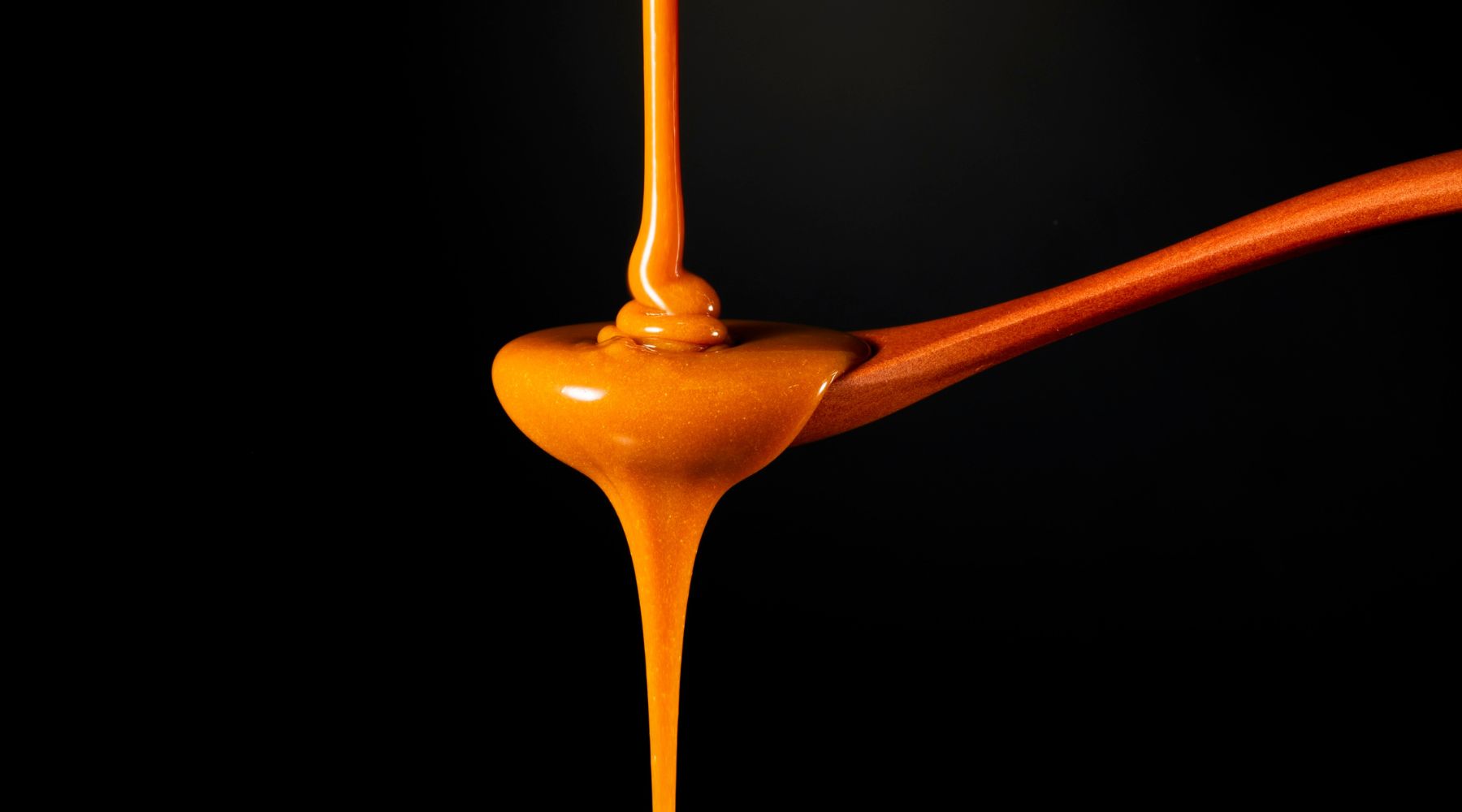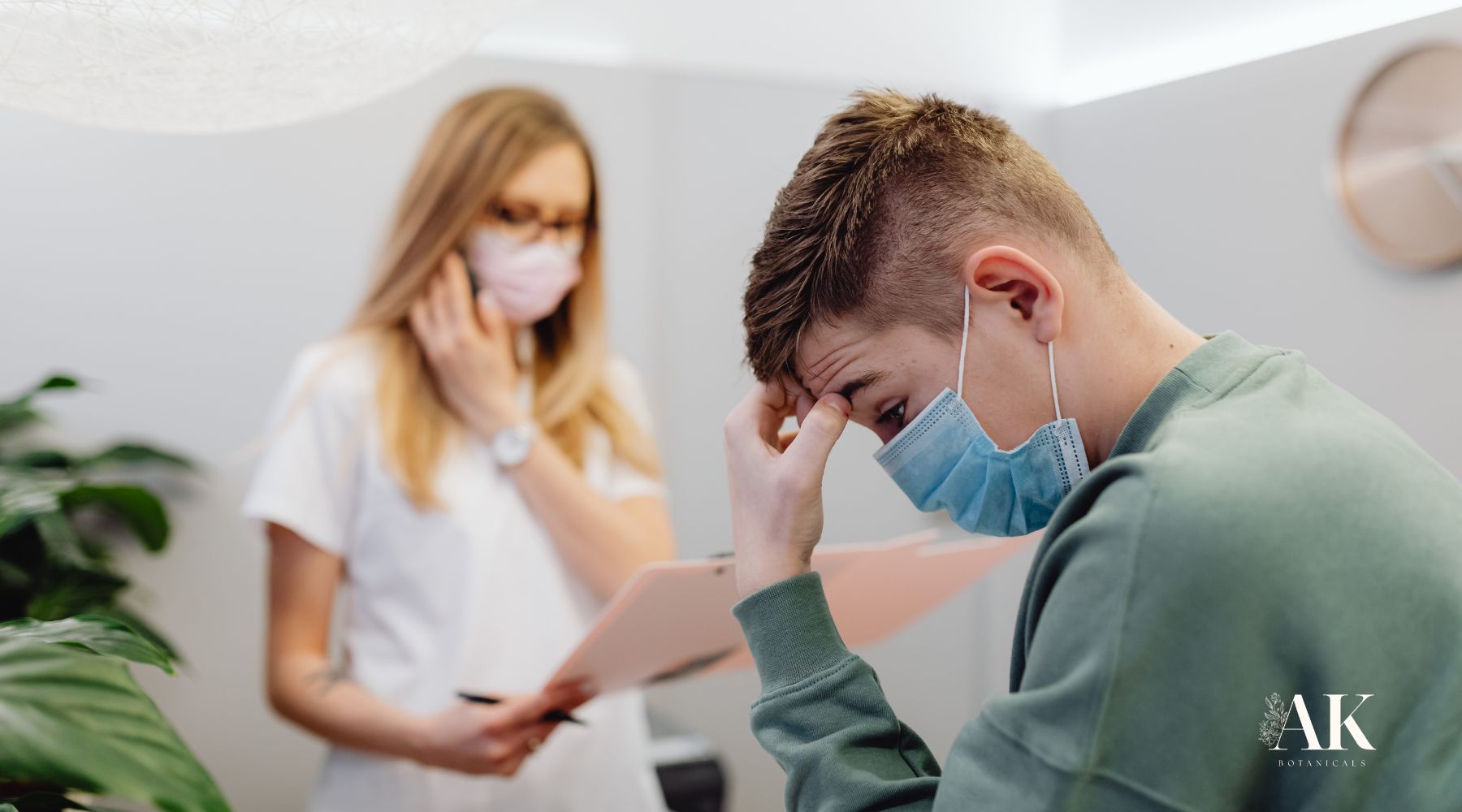
Living with Actinic Keratosis: Daily Habits to Protect Skin and Support Health
If you’ve been diagnosed with actinic keratosis (AK), you’re not alone—and there’s no reason to panic. This common skin condition is manageable with consistent skin care, healthy habits, and guidance from your healthcare provider or care provider. At AK Botanicals, we believe in empowering you with both holistic practices and clinically-aligned information so you can make informed decisions about your skin’s well-being.
AK often appears as rough, scaly patches caused by years of sun exposure. Genetics may increase your likelihood of developing it, making prevention and daily care even more essential. While medical oversight is important, there are many lifestyle changes and skin care strategies you can implement today to protect your skin and reduce further damage.
Understanding Actinic Keratosis: Early Detection, Skin Exams, and the Importance of Healthcare Provider Support
Actinic keratosis develops when ultraviolet (UV) rays damage skin cells—particularly keratinocytes—in the outer skin layer. These keratosis lesions most often appear on sun-exposed areas such as the scalp, face, neck, and forearms. They may feel dry, rough, or gritty and can range in color from pink to brown.
Although most AK lesions remain benign, some may progress to squamous cell carcinoma. In some cases, your doctor may recommend a biopsy to confirm the diagnosis or rule out other skin conditions. That’s why regular skin exams and early detection are vital. If you notice a lesion that changes shape, size, or texture—or begins to itch, bleed, or crust—consult your healthcare provider. Routine evaluations can help catch issues before they develop further.
Genetic Factors in Actinic Keratosis: Why Some Individuals Need Extra Protection and Preventive Care
While prolonged sun exposure is the leading cause of AK, genetics also play a role. Individuals with fair skin, red or blonde hair, and light eyes often have reduced natural melanin, which increases UV sensitivity. Certain inherited gene variants—like mutations in TP53—can also impair the skin’s ability to repair UV-induced damage.
People with rare genetic conditions such as xeroderma pigmentosum face even greater risk. For those with a family history or fair skin tone, early action and consistent protection strategies can be especially helpful to prevent actinic lesions from forming or worsening.
Hydration and Nutrition Tips to Protect and Support Your Skin from the Inside Out
One of the most overlooked ways to protect skin is from within. Hydration plays a key role in maintaining your skin’s barrier and supporting cellular repair. Drink plenty of water throughout the day, and incorporate hydrating foods like cucumbers, citrus, and melons into your meals.
Your diet also matters. Foods rich in antioxidants—such as leafy greens, berries, and omega-3 fatty acids—help neutralize free radicals caused by UV exposure. This internal care complements topical solutions and can enhance your body’s natural defenses against environmental stressors.
Choosing Skincare Products to Prevent Actinic Irritation and Nourish Sun-Damaged Skin
For individuals with actinic keratosis or sensitive, sun-exposed skin, harsh soaps and exfoliants can do more harm than good. Instead, look for pH-balanced, fragrance-free products that include ingredients known for their soothing properties, such as aloe vera, calendula, and chamomile.
These botanicals provide gentle care without disrupting your skin’s natural barrier. Always patch test new products, and follow any care instructions provided by your care provider—especially if you’re currently undergoing a prescribed therapy for AK or other skin conditions.
Moisturizing Tips to Protect the Skin Barrier and Reduce AK Discomfort
Daily moisturizing is essential—not just for comfort, but for protection. A well-hydrated skin barrier can better withstand environmental exposure and reduce the risk of new lesions forming. Choose moisturizers that contain ceramides, hyaluronic acid, and plant-based oils like jojoba or almond.
Applying moisturizer to damp skin helps seal in hydration more effectively. This small daily habit can make a big difference in reducing tightness, flaking, or irritation associated with actinic keratosis and other chronic skin conditions.
AKti-Clear: A Targeted, Botanically Infused Solution to Help Manage Sun-Damaged Skin
AKti-Clear is a concentrated botanical solution. Made with carefully selected plant-based ingredients, it helps support the skin’s natural renewal process.
Before beginning any new topical regimen—especially for abnormal keratosis lesions—speak with your healthcare provider. AKti-Clear may be used as part of a broader sun-exposed skin care routine, when discussed with your provider. It is not intended to diagnose, treat, or prevent any medical condition.
Daily Sun Protection Tips to Prevent Actinic Damage and Minimize Future Risk
UV protection is not optional—it’s essential. Apply a broad-spectrum sunscreen (SPF 30 or higher) daily, even on cloudy days or while indoors near windows. Reapply every two hours and immediately after swimming or sweating.
Complement sunscreen with physical protection: wide-brimmed hats, UV-blocking sunglasses, and long-sleeve clothing. Try to avoid direct sunlight between 10 a.m. and 4 p.m., and remember—incidental exposure, like short walks or driving, still counts. These simple habits go a long way in helping prevent actinic flare-ups.
Supporting Skin Health with Diet and Lifestyle for Long-Term Protection
A nutrient-rich diet enhances your skin’s resilience. Vitamin C, vitamin E, selenium, and polyphenols (found in green tea, nuts, and colorful fruits) all help counter oxidative stress. Omega-3 fatty acids in fatty fish or flaxseeds support skin repair and may reduce inflammation.
Pair this with lifestyle practices that reduce triggers: get consistent sleep, avoid smoking, and limit alcohol. The skin is your largest organ—it benefits from the same full-body support as your heart or brain.
Stress Management and Skin: Tips for Supporting Repair and Immune Function
Chronic stress doesn’t just affect your mood—it can also impair your skin’s ability to heal. Elevated cortisol levels can weaken immune function and slow tissue repair, making AK symptoms more difficult to manage.
Consider adding mindfulness, meditation, or light exercise to your day. Even a few minutes of quiet breathing or journaling can help. Your skin reflects your overall wellness, and stress reduction is a cornerstone of holistic care.
Daily Habits to Protect Skin Health and Prevent Actinic Lesions
In addition to sun care and hydration, maintaining your general health supports skin healing. Stay current on medications that may increase UV sensitivity (such as certain antibiotics or acne treatments) and talk with your healthcare provider about alternatives if needed.
Avoid tanning beds, limit sugar intake, and make time for restorative sleep. Each of these habits contributes to building resilient skin and may help prevent actinic keratosis from progressing.
Routine Skin Exams for Early Detection: Partnering with Your Healthcare Provider
Regular skin exams—both at home and with a dermatologist—are essential for early detection. Use a mirror in a well-lit room to check for new or changing lesions once a month. Pay attention to rough, discolored, or scaly areas that don’t heal over time.
For those with a history of AK, skin cancer, or extensive sun exposure, schedule dermatology visits annually or more frequently based on your provider’s guidance. In some cases, your provider may recommend a biopsy to confirm whether a lesion is benign or requires treatment.
When to Seek Immediate Help from a Doctor or Care Provider
If a lesion starts to bleed, change shape, become painful, or ulcerate, it’s important to seek prompt medical attention. These symptoms may indicate progression beyond benign AK and require a clinical evaluation. Whether you call your doctor or another care provider, quick action can make a significant difference in outcomes.
Creating a Daily Routine to Prevent Actinic Keratosis and Strengthen Skin Resilience
Living with AK means staying proactive. A basic routine that includes gentle cleansing, daily moisturizing, targeted topical support (like AKti-Clear), and consistent sun protection helps you stay ahead of new flare-ups.
Set a space in your home where your products are easily accessible—it reinforces the habit. Prevention isn’t about perfection; it’s about steady, mindful care.
A Holistic Approach to Managing AK: Partner with Your Healthcare Provider for Ongoing Support
Managing actinic keratosis requires a blend of daily care, preventive measures, and medical support. At AK Botanicals, we’re committed to helping you protect your skin with plant-based solutions that respect both science and nature.
By staying informed, partnering with your healthcare provider, and choosing practices that support the whole body, you can take meaningful, confident steps toward healthier skin every day.




